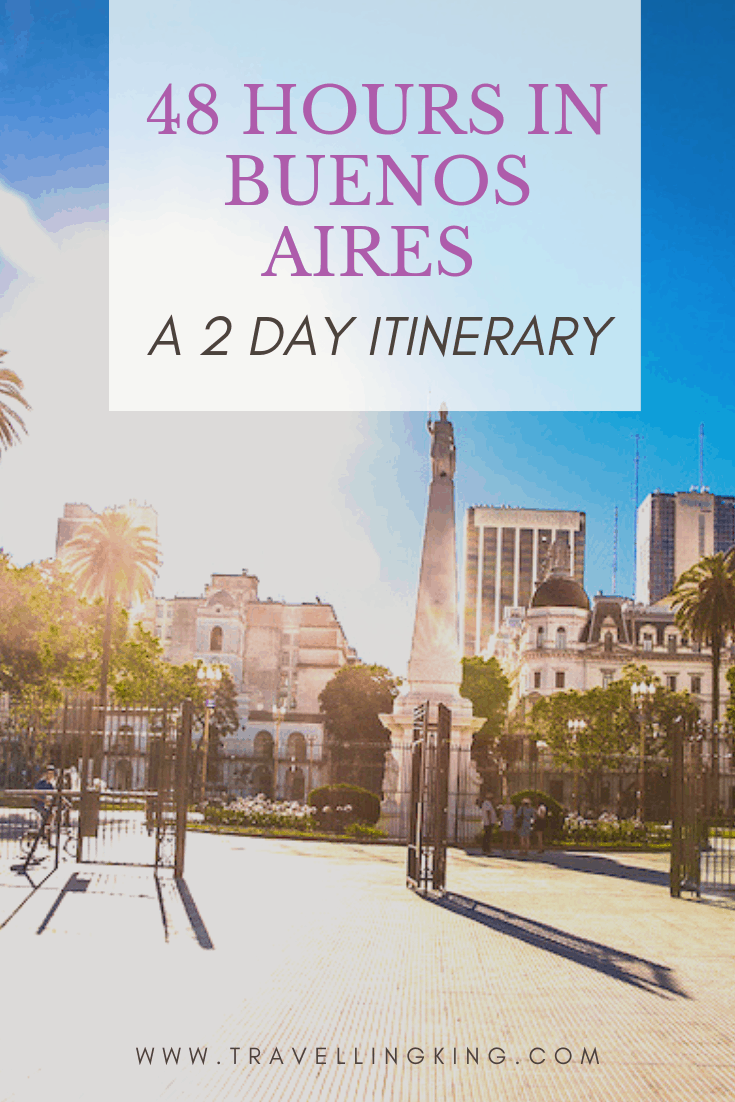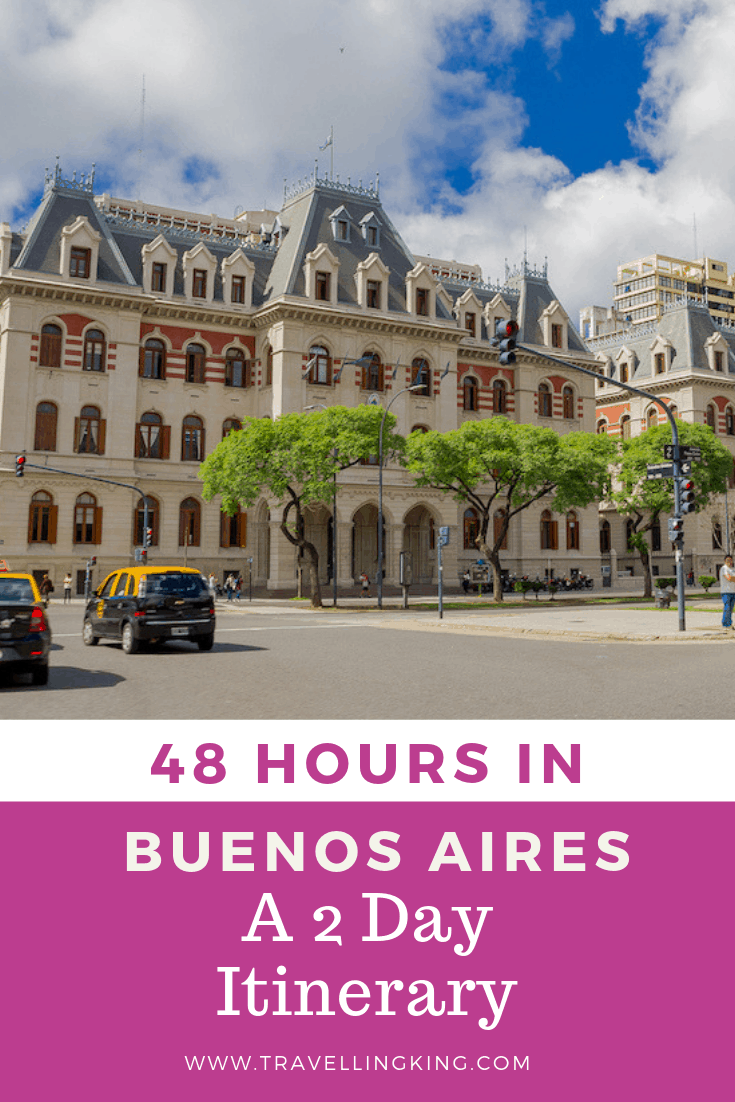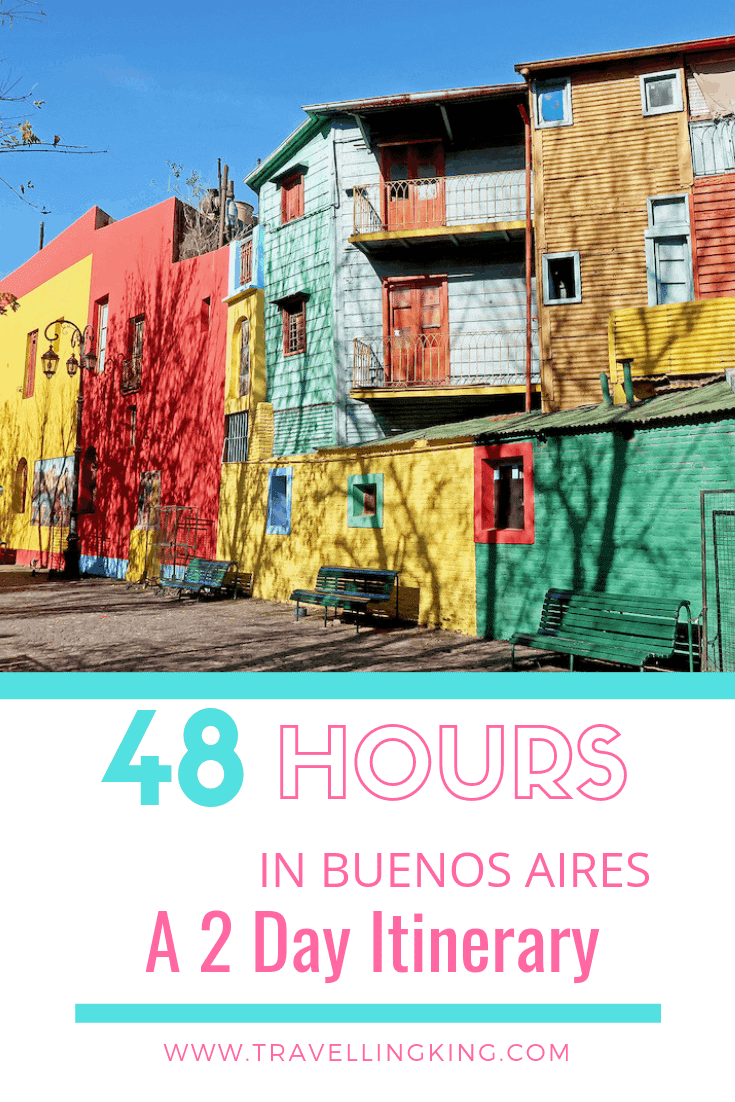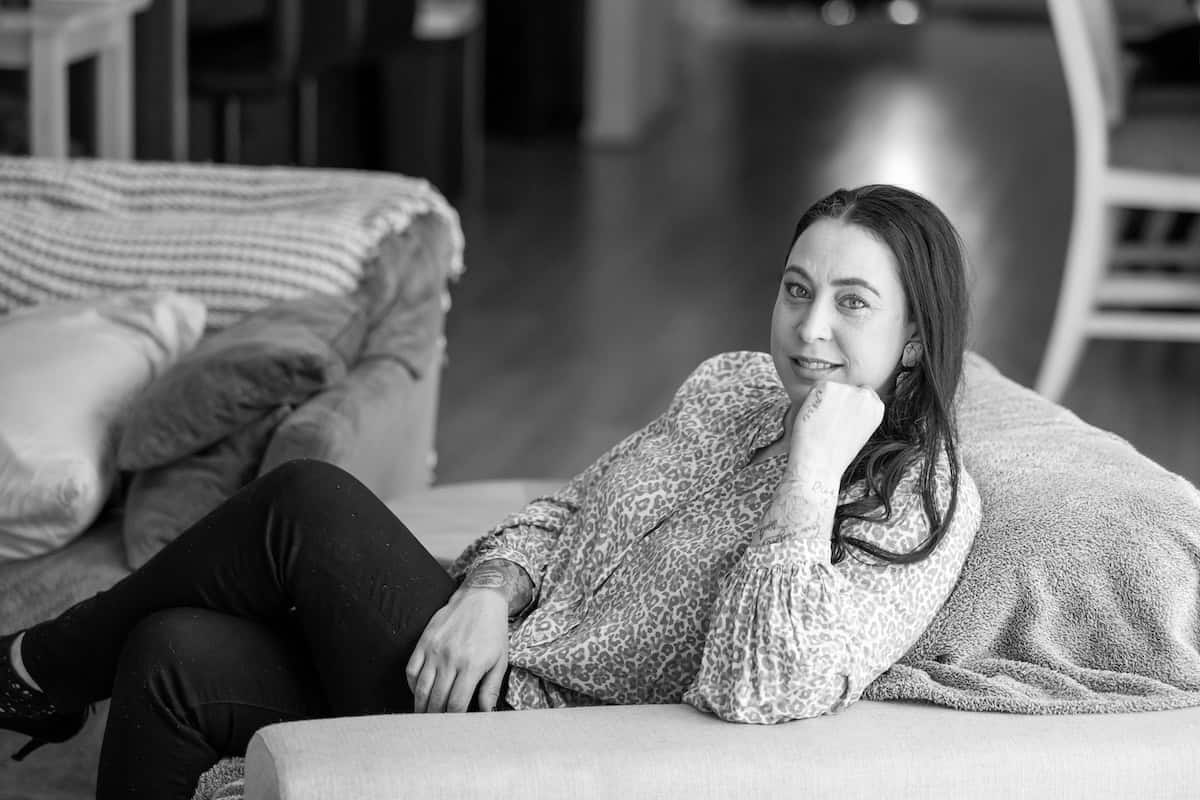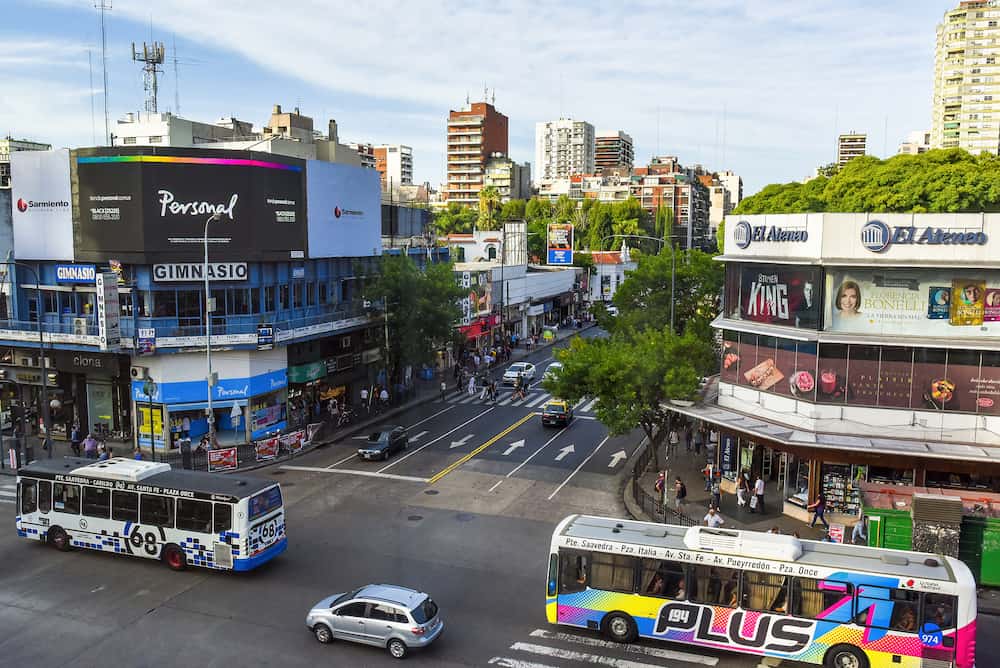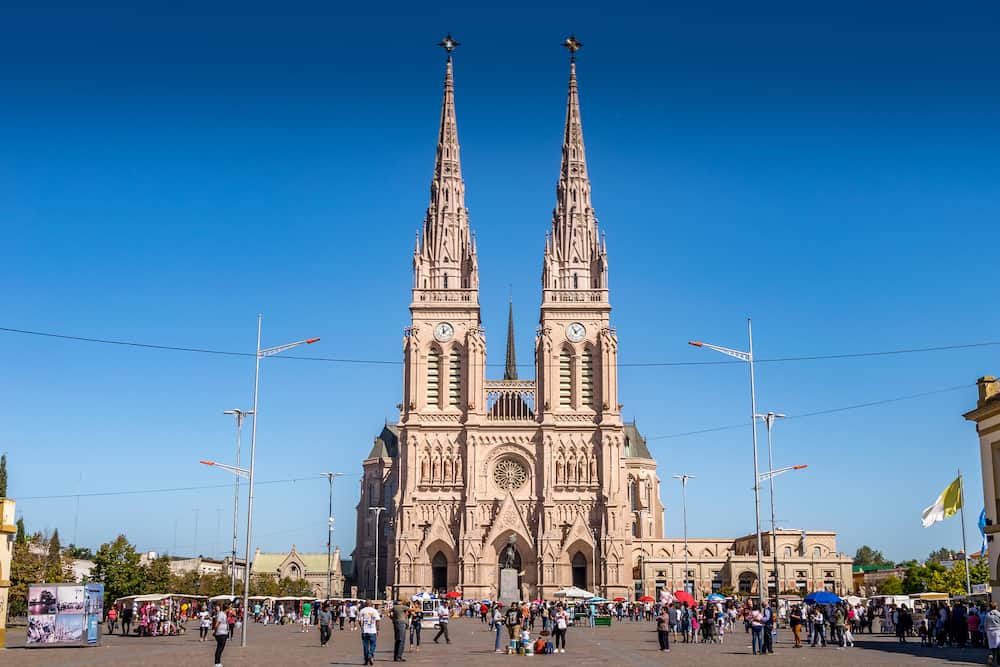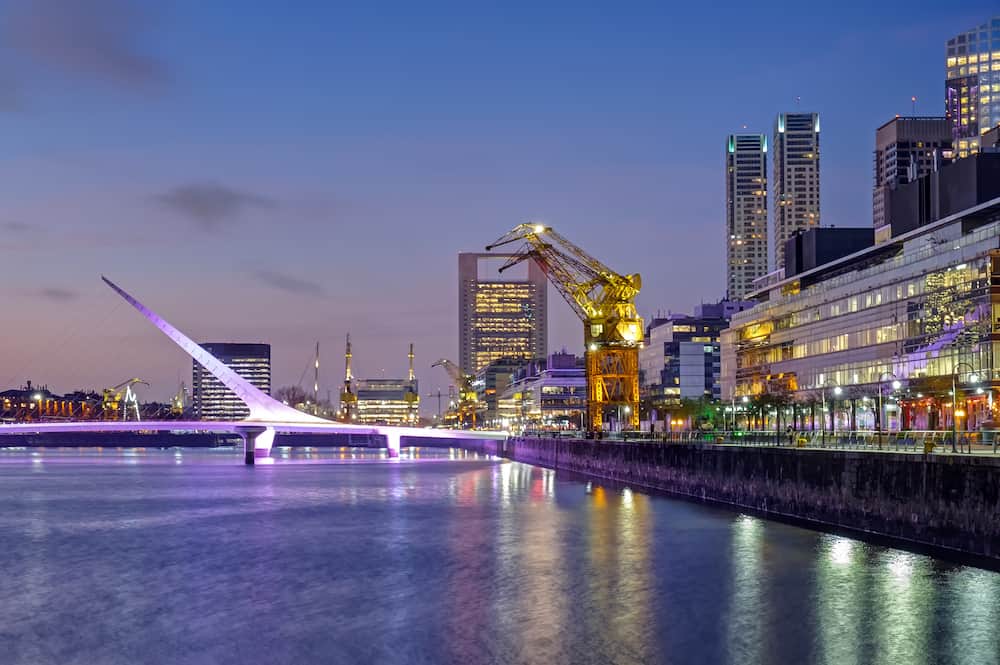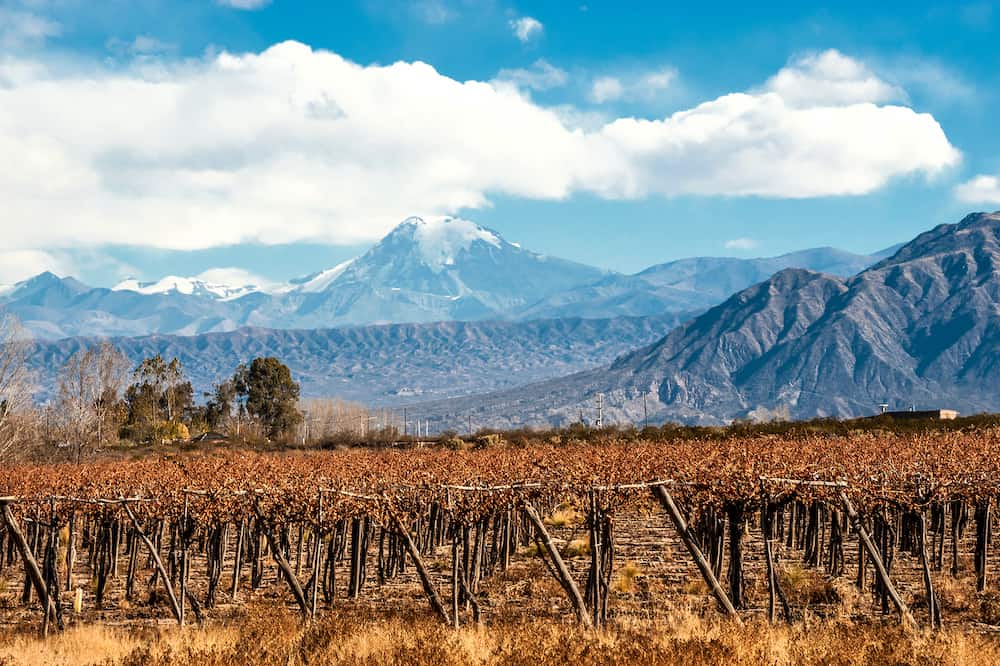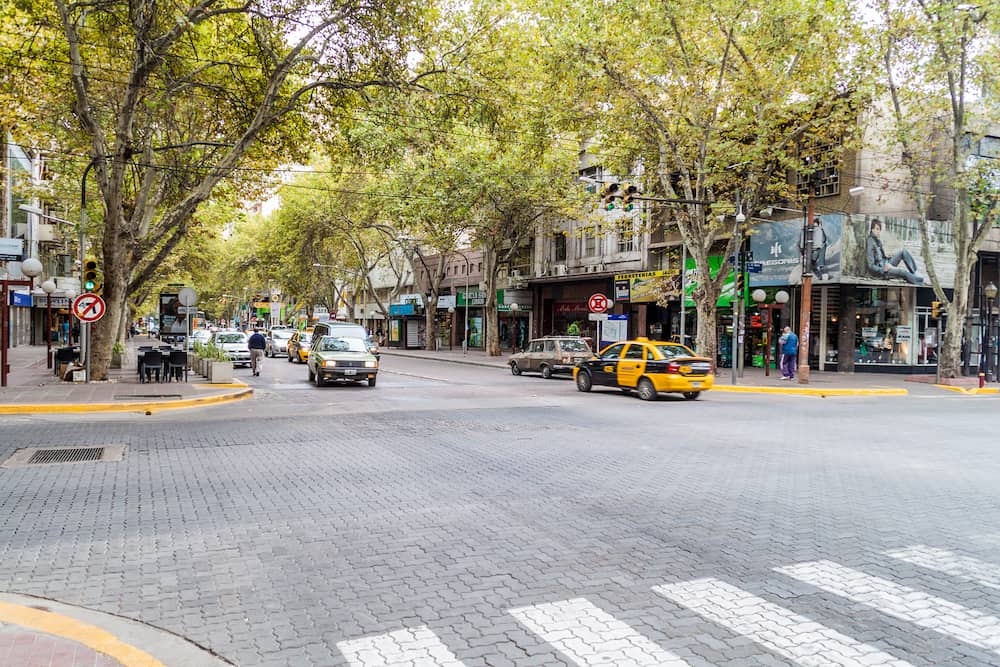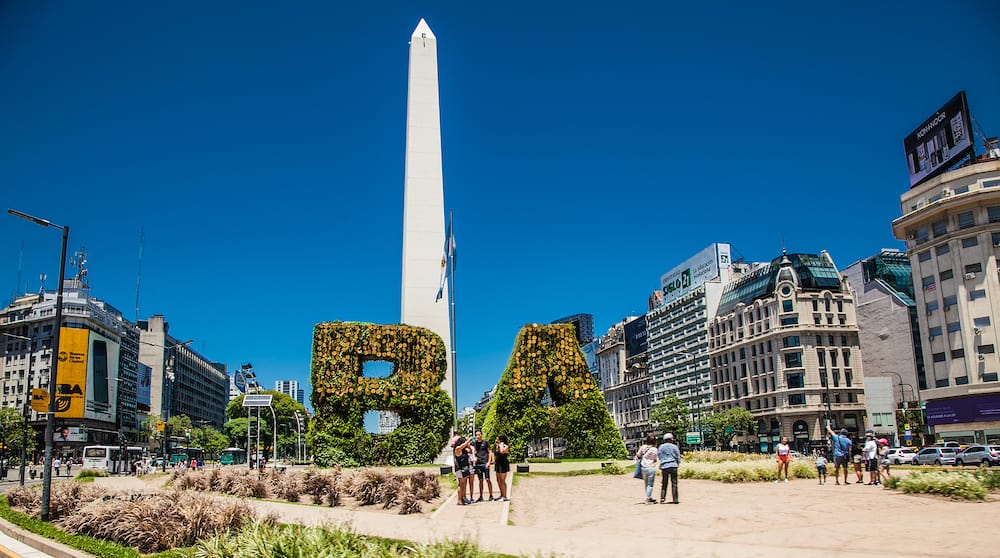48 Hours in Buenos Aires – A 2 Day Itinerary
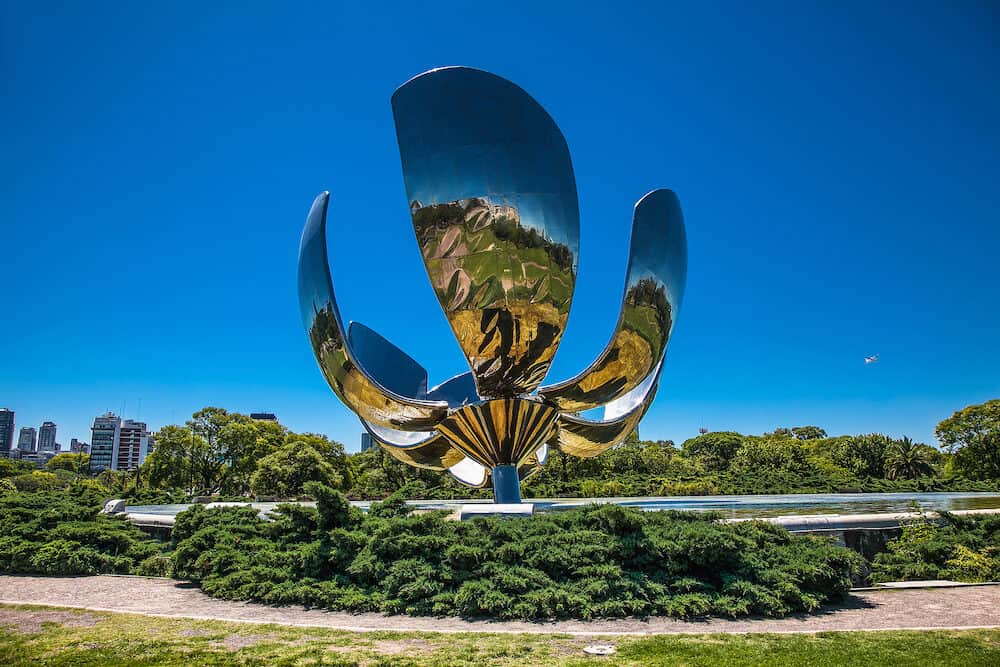
The sprawling Argentine capital of Buenos Aires is vast enough to keep you occupied for a lifetime, but if you only have 48 hours to spend here, then you can still see the highlights of this cultured city.
Buenos Aires can make for the perfect city break in South America, and over two days you can enjoy a taste of Argentinian life as you explore historic streets, visit national museums and galleries, and perhaps even learn to tango.
The city boasts great cafes, bars and restaurants, and any night of the week you’re guaranteed to find lively events across the capital, but if you can spend two days in Buenos Aires over the weekend, then you’ll be able to enjoy things at their most exciting.
To help you to organise your Buenos Aires travel plans, here’s our guide to making the most of 48 hours in the city.
Plan your trip
Save on fees abroad with the Wise Card—use it at ATMs, restaurants, and for flights or hotels in over 150 countries. Manage 40+ currencies in real-time with the Wise app.
Need Help Planning?
- Cheap Flights: Find the best deals.
- Accommodation: From hostels to luxury stays.
- Car Rental: Affordable options worldwide.
- Sightseeing Tours: Explore without breaking the bank.
- Travel Adapter: One adapter for all your needs.
- Travel Insurance: Don’t risk it—stay covered.
This post includes affiliate links. Read my full disclosure and content policy.
How to get around Buenos Aires
Buenos Aires is a large city, there’s no escaping that fact, with an urban area that stretches for hundreds of square kilometres and is home to millions of people.
The capital and largest city of Argentina makes for a great city break or starting point for further travels into the region, with great connections to the rest of South America and further afield across the world.
There are regular flights to Buenos Aires, both domestically and internationally, and it’s convenient to travel from the airport into the city.
The main airport is Ezeiza International Airport, which is located 30 kilometres away from the city centre.
There are plenty of taxis, which are the quickest way to get between the airport and downtown, however, the most cost-effective way is to take the public bus, although this can take between one and two hours depending on the traffic.
The city has few train links to the the rest of the country, however, the bus network is immense, and you can travel from Buenos Aires to almost anywhere else in South America if you desire.
As well as great connections to the rest of the continent, the city itself also has a great public transport network to allow you to traverse the capital easily in 48 hours.
The local, city-wide bus network stretches from the centre, right across into the suburbs, and for the most part, lines run 24 hours a day.
The bus system is cashless, however, so before you board you will need to have picked up and prepaid for a local transport card, known as a SUBE.
The SUBE also works for the metro system too, which can be the most convenient method of transport within the downtown area, as you can travel quickly and easily from one sight to the next with little chance of getting lost.
SUBE fares are very cost-effective, and it’s the cheapest way to travel around Buenos Aires.
You can also travel around the city on the Hop on Hop off Buenos Aires bus, which is a great way to see the city.
It’s more expensive, but it allows you to see more of the city, quickly, as you’ll be dropped right outside the major attractions.
Within the downtown area, and within each individual neighbourhood, you may find it pleasant enough to simply walk from place to place.
First-time travellers to the city might ask, is Buenos Aires safe for walking, and the short answer is that it certainly is in the touristy areas.
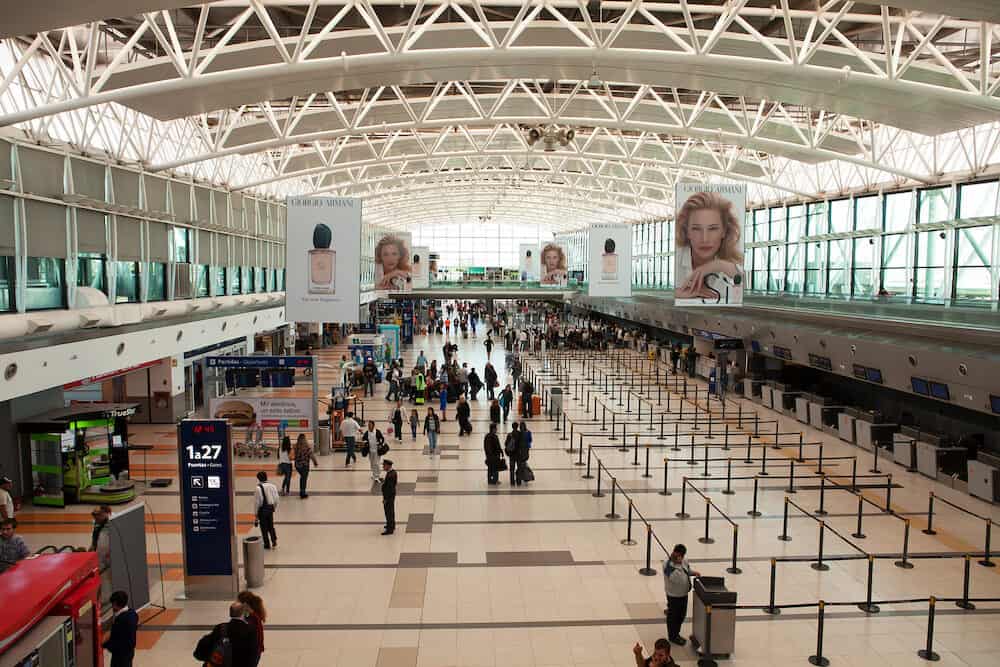
Where to stay in Buenos Aires
The capital has a huge number of different districts and neighbourhoods, and if you only have the weekend in Buenos Aires, then you are going to want to ensure that you pick the best place to stay for your trip. Airbnb is a great option for short and long stays.
If it’s your first time staying in Buenos Aires, then you are going to want to stay central, giving you easy access to all the best sights and allowing you to maximise your time in the city.
Staying anywhere in Downtown will be perfect, however, within this area, there are several distinct districts, with their own unique character too.
Plaza de Mayo is considered to be the centre of the city, found in the Monserrat Barrio. Accommodation here is incredibly central but can be pricey.
If you have no budget limitations though, then it’s the perfect location to stay.
Right next to Monserrat, is the flashy, glitzy area of Puerto Madero. This is an old harbour, that has been revamped and revitalised in recent years to cater to high-end visitors to the city.
This is one of the most modern, and beautiful locations in Buenos Aires and here you can find lots of new, international hotels offering excellent service and amenities.
Just north of Monserrat is the district of Recoleta, which is an excellent choice for first-time visitors looking for an intriguing area to lodge in.
Recoleta is an upmarket area of the city and home to some of the best Buenos Aires hotels too. The Recoleta neighbourhood is close to the best tourist attractions in the city, and you’ll find fantastic restaurants and bars on every corner.
San Telmo is to the south of Monserrat and can claim to be the oldest part of Buenos Aires. If you are after an authentic district to base yourself for two perfect days in Buenos Aires, then San Telmo is the place for you.
The streets are very much colonial in design, but due to a large number of artists that live in the area, it has a charming, colourful and creative appeal too. San Telmo accommodation can be distinctly cheaper than in other neighbourhoods close to the centre, so for budget travellers, this is a great location.
Palermo is further out than other districts but has long been a popular place to stay in Buenos Aires. The area has a great array of tourist attractions to visit, and many great restaurants and bars catering to tourists.
There is a huge array of accommodation, with everything from hostels to boutique hotels on offer in Palermo. If you are returning to the city, then this can be a great choice of district if you are looking for somewhere a little different to stay.
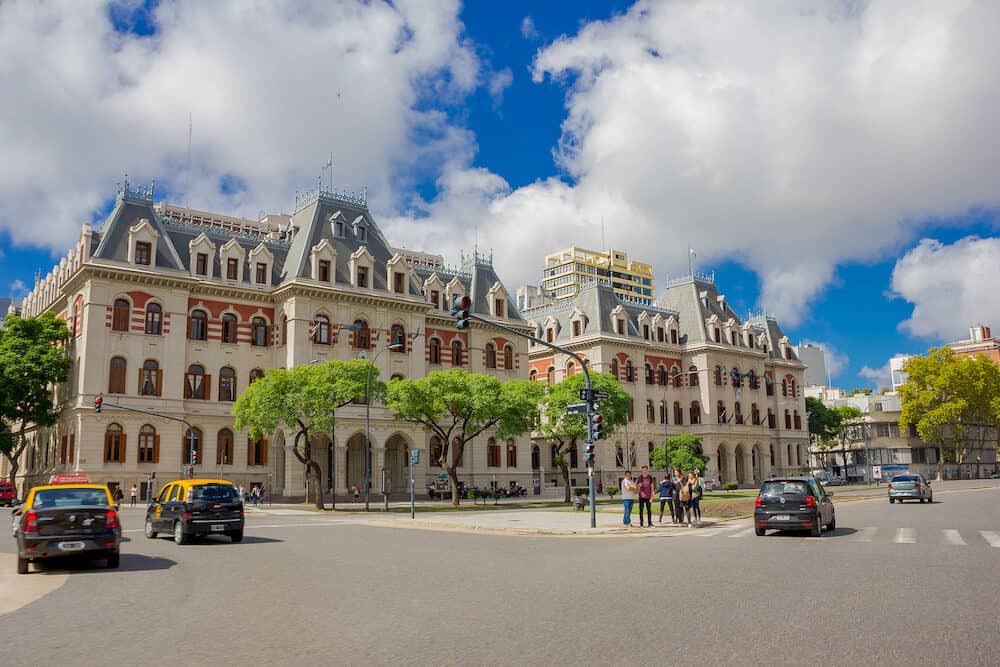
Tours to do in Buenos Aires
With only 48 hours to spend in Buenos Aires, you might want to consider joining a tour to experience more of the city or to be quickly immersed in the culture and history of the Argentine capital, with locals to guide you. Here are our favourite Buenos Aires tours to take when you are visiting.
Walking Tour
The best way to see Buenos Aires when you first arrive is to join a walking tour of the city centre. It’s a large city, but the different districts have central areas which are compact and perfect for walking.
Alongside a local guide, you can explore the different streets, take in the fresh air, and find out more about Buenos Aires as you get your bearings in the Argentine capital.
Cooking Lessons and Food Tours
Buenos Aires is a city of food and culture, and a great way to learn more about the culinary scene is to take a local cooking class or join a food tour.
There’s a huge diversity in the city’s culinary styles, and you’ll learn how to cook local dishes such as Empanadas, or how to grill the perfect Argentinian style steak.
Food tours can take you to some of the city’s hidden, local restaurants, where you can find the most authentic food in Buenos Aires.
You’ll enjoy tasting snacks at the markets, and gain a real insight into the different influences that have shaped Argentinian cooking styles.
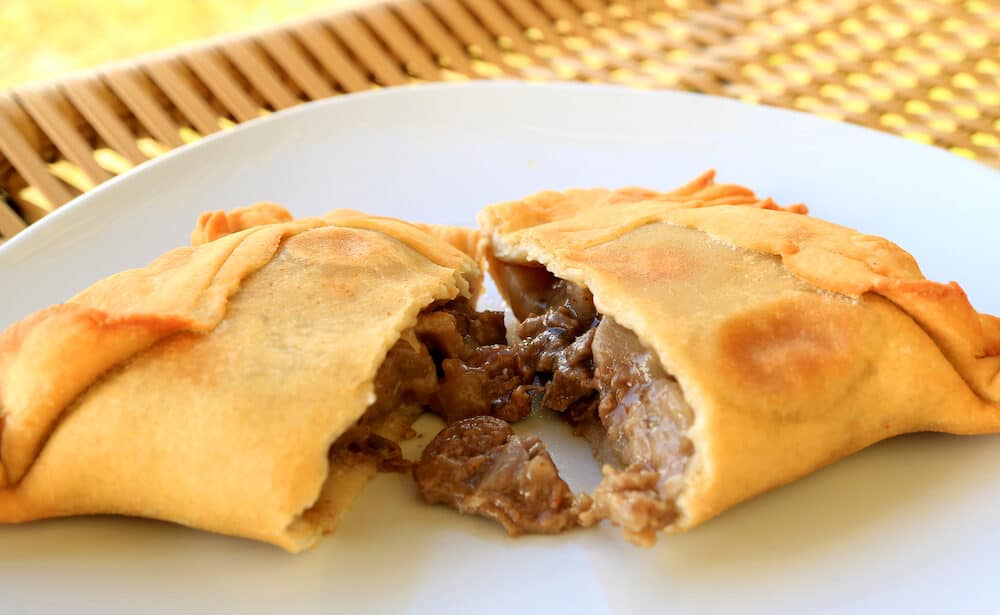
Tango Shows and Tango Lessons
It would be impossible to visit Buenos Aires and not, at some point during your 48 hours in the city, come across the tango.
The dance is ingrained in the local culture, and you’ll find impromptu shows across the city and in the streets most evenings.
You might want to consider buying tickets for a professional tango show though, to see the best performers in the city doing what they do best on stage.
If you are really into the tango, then you could also take tango lessons, to learn the moves from the locals.
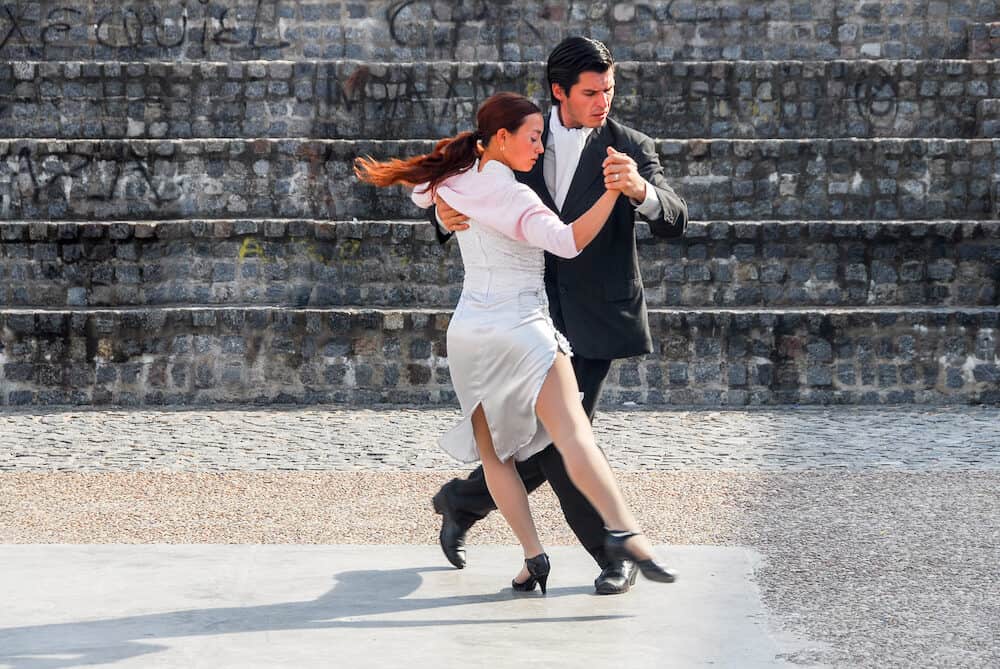
2-Day Buenos Aires Guide
Two days in Buenos Aires will be enough time to get acquainted with the best that the city has to offer and to get a taste for Argentinian food and drink, as well as the nightlife.
Day 1 in Buenos Aires
On your first day in Buenos Aires, spend the morning exploring the centre of the city, by joining a walking tour or by self-guiding your way through downtown, with a particular focus on the Monserrat district, which forms the heart of Argentina’s capital.
Start the journey by visiting Plaza de Mayo, the main square in the capital which was built in the late 19th century to serve as a centrepiece.
The square is named for the May Revolution of 1811, which ultimately led to Argentina’s independence from Spain.
Plaza de Mayo has been an incredibly important location through the country’s history, as some of the most tumultuous events of the last two hundred years have been proclaimed or occurred in the square.
By Plaza de Mayo, you’ll also find La Casa Rosada, the pink house which serves as the seat of the President.
It’s a wonderful piece of architecture and you can head inside to the museum to learn more about the leader’s who have ruled Argentina from the house.
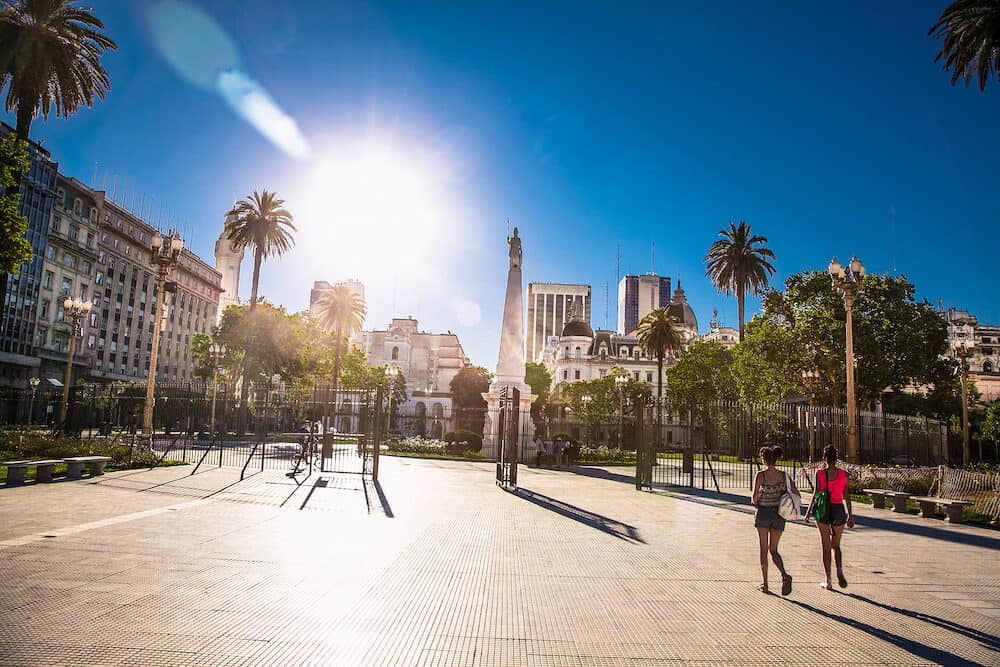
Next, head across the Plaza de Mayo to the Argentine National Historical Museum, which is dedicated to the country’s revolutions and ultimate independence from Spain.
It’s a great place to delve into history and to learn more about the national character.
From Plaza de Mayo, it’s time to head north. First, stroll along Florida Street, the lengthy, pedestrianized boulevard where you can shop until you drop, before spending the afternoon walking through the Palermo district.
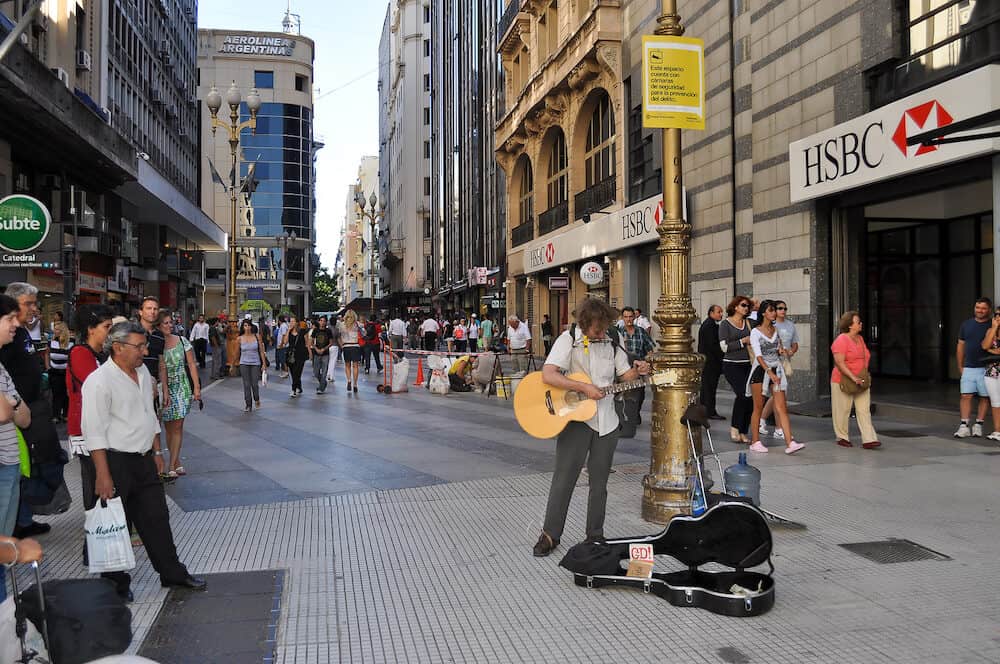
Palermo is home to some of the best tourist attractions in Buenos Aires, and you’ll want to call into the excellent MALBA – Latin American Art Museum of Buenos Aires – to enjoy the best artwork from the region.
Spend the late afternoon walking through the Botanical Gardens, and then for the evening, head back to the centre for an evening at the Teatro Colon, the country’s premier opera house.
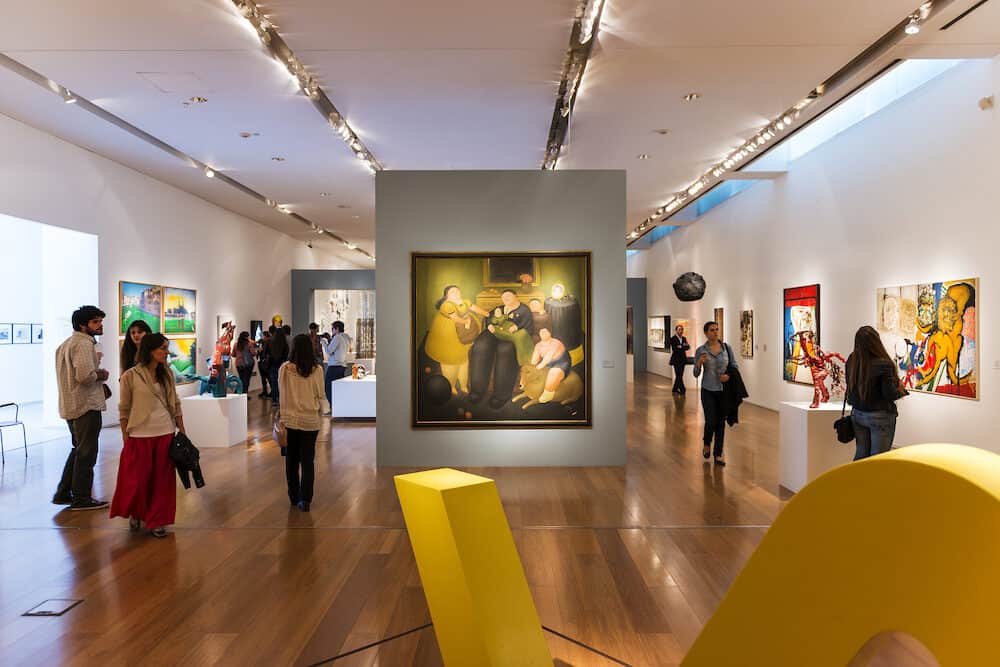
Day 2 in Buenos Aires
On your second day in Buenos Aires, head south of the city centre to the bustling San Telmo district.
This is the oldest barrio in Buenos Aires, and if you are here on a Sunday, then the San Telmo market will be in full swing.
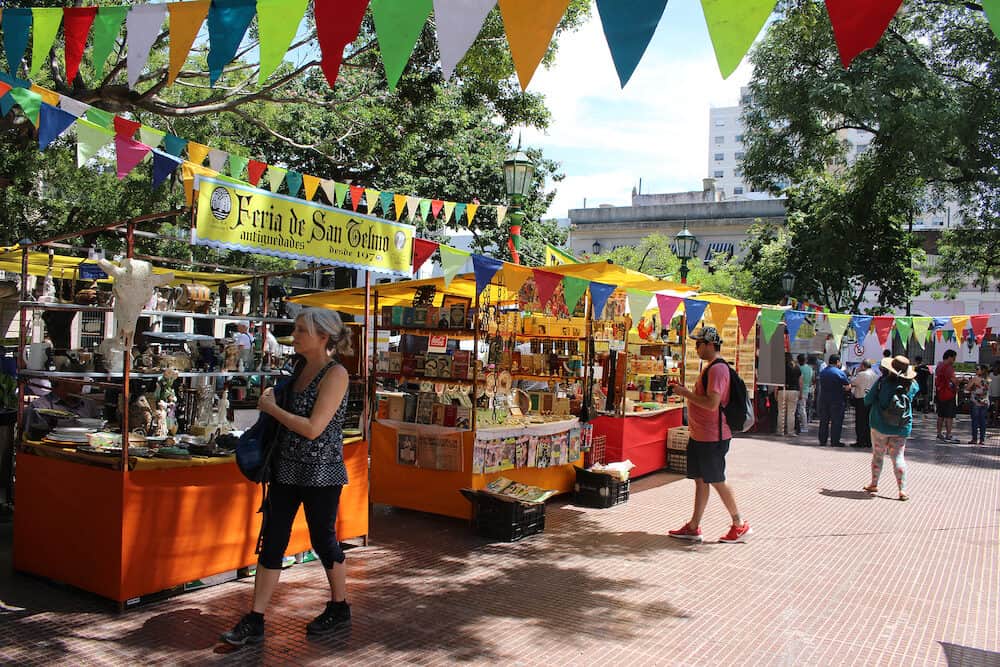
Explore the charming, colonial streets, sit out on the cobblestones at some of the best coffee shops in Buenos Aires, and soak up the local history in the plazas.
In the afternoon, travel to the nearby district of La Boca Buenos Aires, one of the most vibrant and colourful parts of the city.
Start on El Caminito, the main walkway in La Boca, where you will find street performers, art installations, colourful shops and houses, and more as you stroll you along.
La Boca is home to Argentina’s most famous football club too, and you can tour the Boca Juniors stadium or even catch a game if you here are in the district at the right time.
In the late afternoon, head back to El Caminito, and enjoy a few drinks as you wait for the tango dancers to emerge onto the street.
You can spend the evening enjoying the local dancers and entertainers, and experiencing the nightlife in this great part of the city.
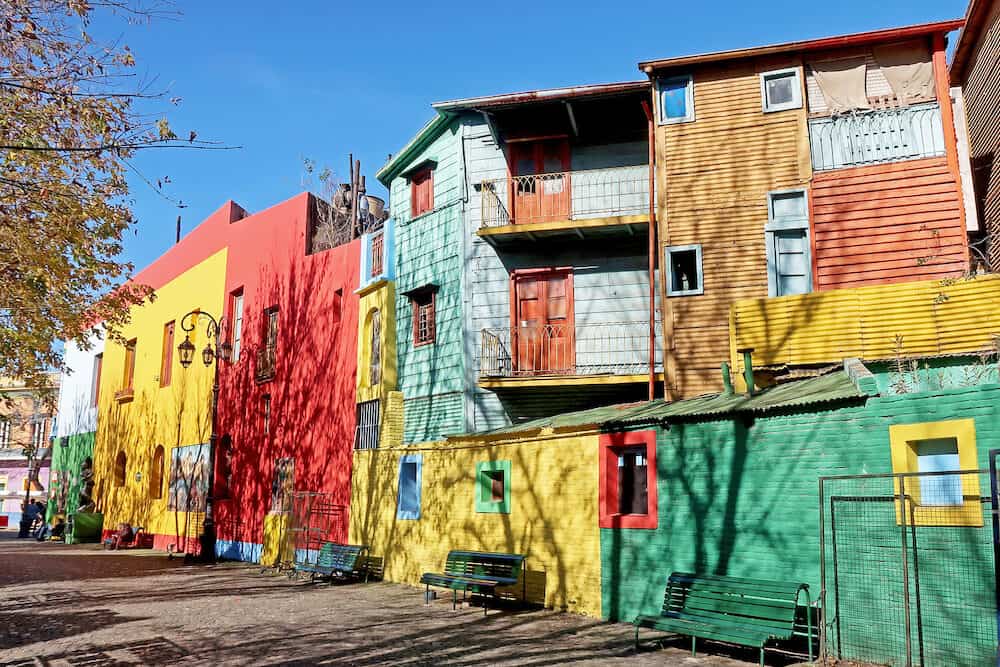
If you are looking for a more refined evening though, then you might want to also consider booking a table at a local Parrillada, to sample some great Argentinian meats, or even, if you’re lucky, reserving a table at Aramburu Buenos Aires.
This restaurant is located in Monserrat and offers exceptional 18-course tasting menus that are quite unlike anything else you might find anywhere else in the capital.
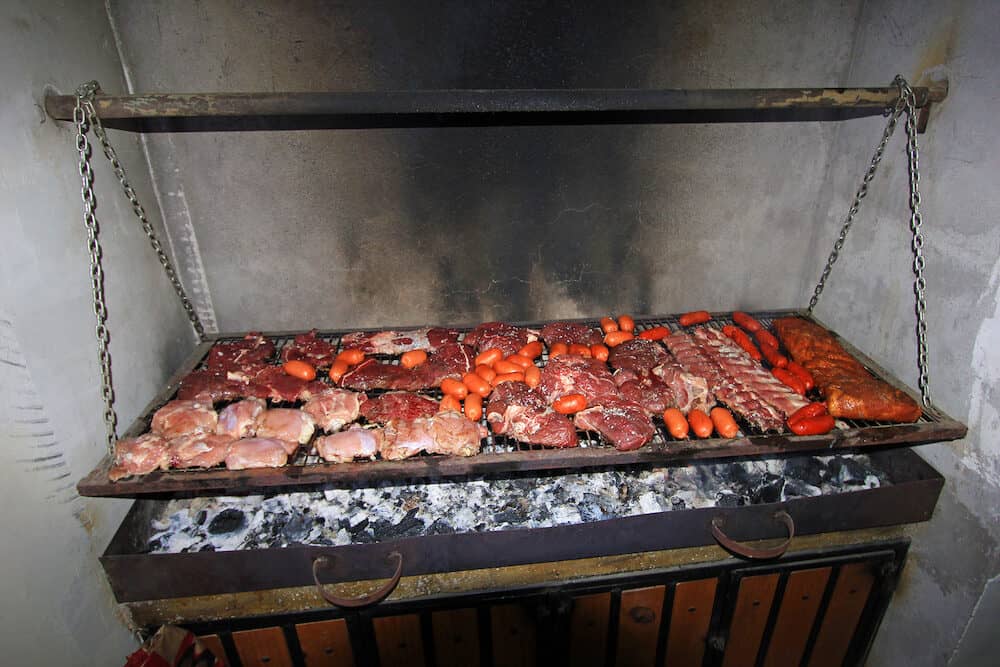
Recommend tours in Buenos Aires
- Small-Group City Tour of Buenos Aires
- The Argentine Experience: Empanada Making, Steak, Wine, Alfajores and Mate
- Closed-Door Restaurant in Buenos Aires: Dining Experience at Steaks by Luis
- Private city tour of Buenos Aires
- La Ventana Tango Show with Optional Dinner in Buenos Aires
- Bike Tour: Half-Day City Highlights of Buenos Aires
- Buenos Aires Small-Group Wine Tasting
- Buenos Aires Cooking Class
- Piazzolla Tango Dinner and Tango Show with Optional Private City Tour
- Private Cooking Lessons and Food Tasting in Buenos Aires
If you’d like to save it for later, please save it to Pinterest.
